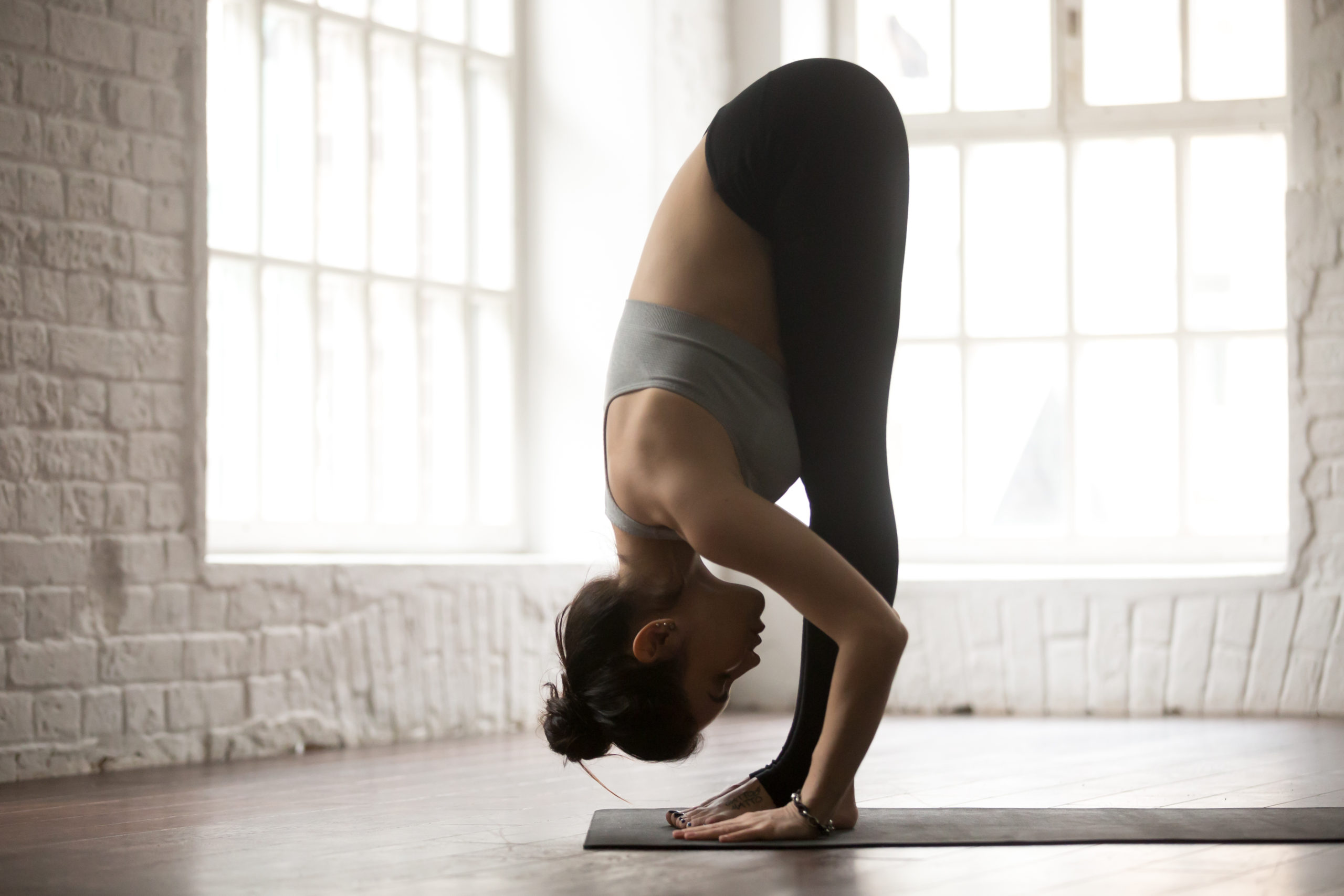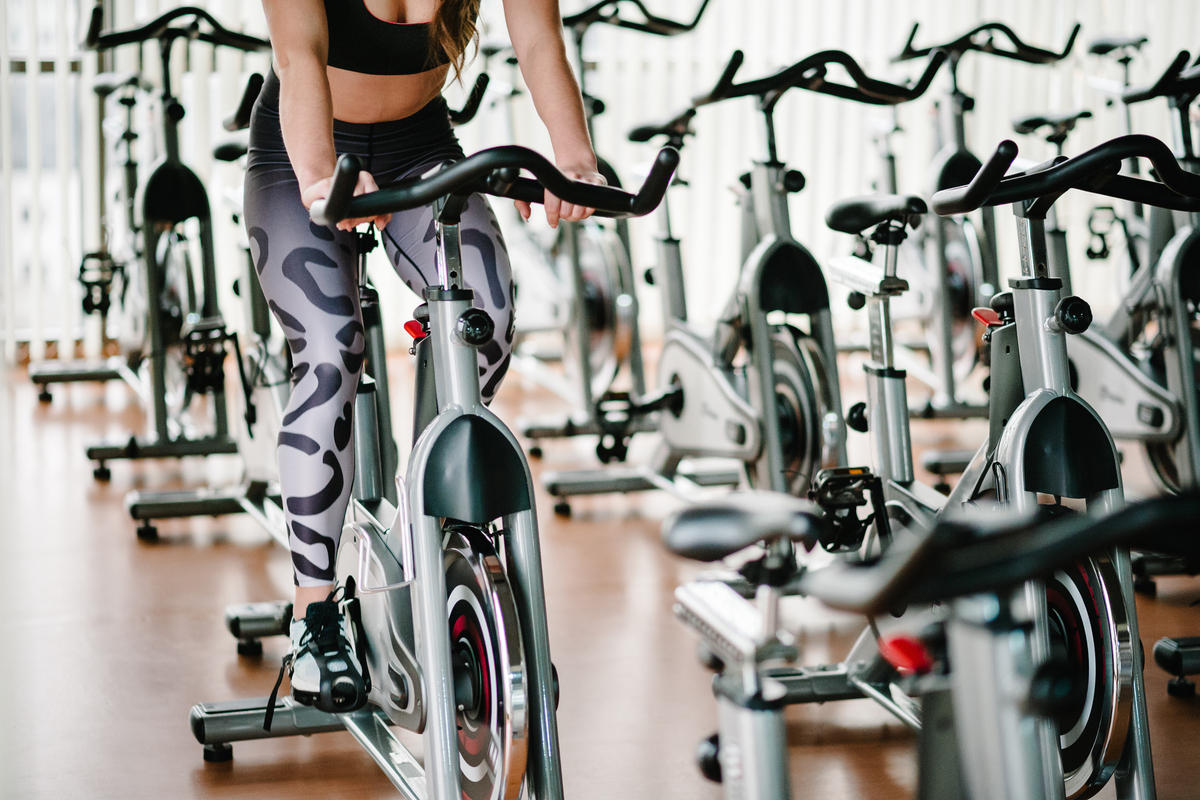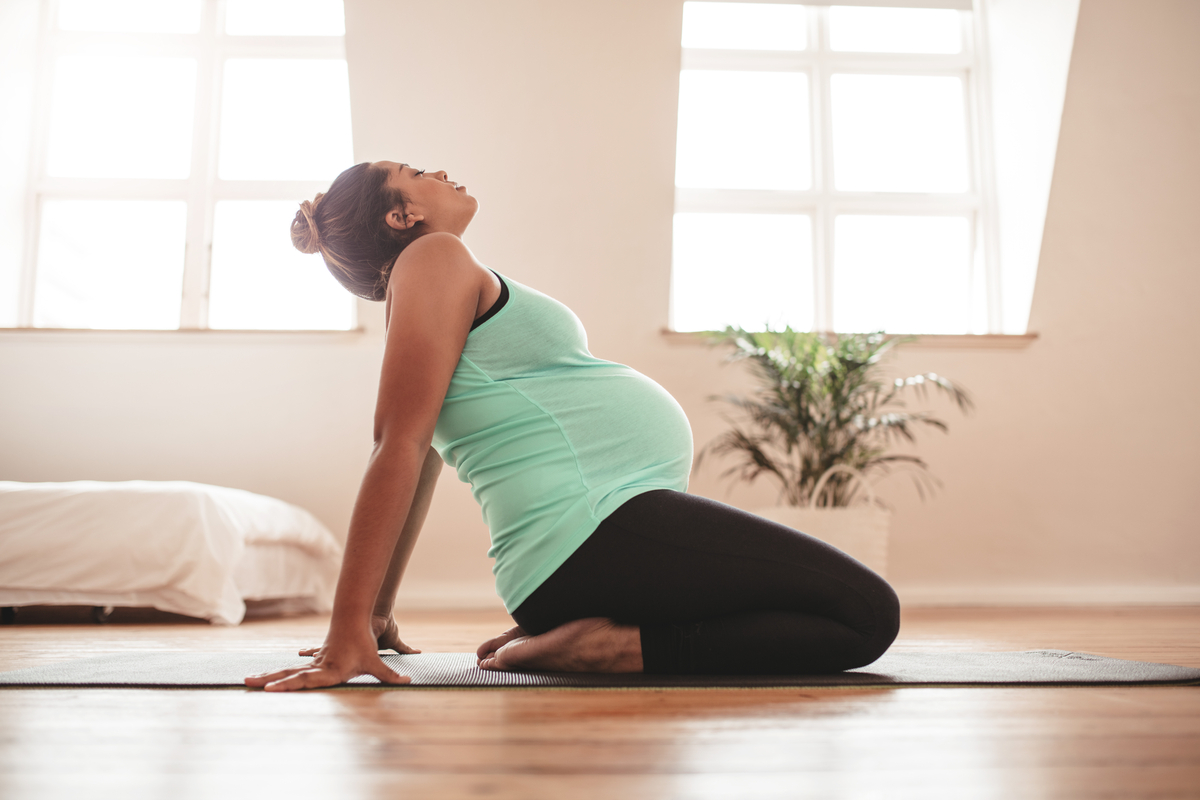Not all yoga classes are the same, and as each style has its own variations you may prefer one class to another as it better suits your needs. If you want to use yoga to recover from an injury you might choose an Iyengar Yoga class, if you prefer a slow and relaxing class you might want to try Hatha Yoga.
Everything to know about power yoga
But if you’re after a class that’s a bit more physically challenging a good bet is power yoga. But what is power yoga?
What is power yoga?
As you might guess from the name, power yoga is a more intense yoga practice which focuses on building strength and endurance. Power yoga itself is a more general term for yoga classes that place an emphasis on flowing from one pose to the next, rather than approaching them separately.
You may see classes like flow yoga, dynamic flow yoga or Vinyasa yoga on your class timetable, many of which are names that can be used interchangeably. All of these power yoga classes will help you develop your strength, stability and, as you’re constantly moving from one pose to another, your cardiovascular health.
What is the difference between yoga and power yoga?
The main difference between power yoga and other forms of yoga is the sequential nature of the class. Hatha yoga classes for example will often be slow-paced, restorative and relaxing classes that focus on individual poses and breathing techniques. In contrast, power yoga classes will tend to follow a number of sequences that build up throughout the class and challenge you in different ways.
As you move through these sequences you’ll often be reminded to link your movements to your breath, inhaling as you rise and exhaling as you fold or move to the floor. This intrinsic link to the breath helps to keep you energized and focused and work that little bit harder when you need to.
What is power yoga like?
Power yoga draws on the principles of Ashtanga Yoga, with a similar focus on movement and strength. The big difference is that Ashtanga Yoga is a set yoga practice with a fixed structure and layout to its classes. Power yoga is much more flexible and you’ll experience a lot more variation in your classes if you attend regularly.
How much does power yoga class cost
The cost of yoga classes will vary from studio to studio, but tends to range from around $10 to $20 per class. Pre-paid membership will usually give you a cheaper rate if you purchase more classes.
Many gyms and fitness centers will include the cost of yoga classes in their memberships, but you may not have access to as many different types of yoga class. The good news is power yoga is fairly popular and should appear on most gym timetables.
What to wear to power yoga
Wear something that allows you plenty of movement. You’ll want to be able to lunge and stretch throughout the class without being slowed down by anything too tight or restrictive.
You’ll want to avoid overheating while working out because power yoga is a more challenging class. So bringing a hoodie or sweater that you can easily take off after you’ve warmed up is a good idea.
What are the benefits of power yoga?
Power yoga is a great form of exercise, combining the more restorative benefits of yoga with both cardiovascular and strength training.
As power yoga keeps you moving for the majority of your class, you’ll get your heartrate up and your blood pumping throughout. And the constant flow from one pose to the next will not only strengthen your leg muscles, arms, back and core, but will also help to improve your balance and coordination.





